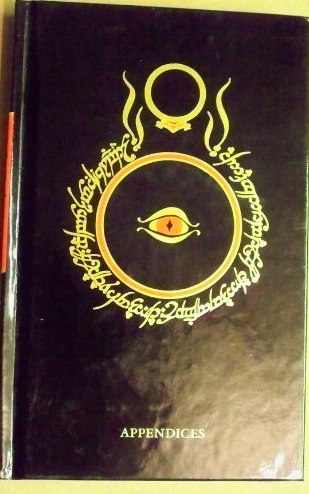Who makes languages, and why? Haven't we enough in the world already? And, unless one's goal is to raise a community of people to speak it, what purpose could such a thing have?
But there is, nevertheless, a pure delight in language invention. After all, our own minds are structured by language; our memory, our thoughts, and our inmost desires are, in a sense, spoken even if we do not utter them. And happily, in the world of fantasy and speculative fiction, new languages are not only possible but necessary. Among the better ones, we may count Lapine, the language of rabbits invented by Richard Adams in Watership Down (the rabbit word for car, hrududu, is a great one), Nadsat, crafted (mostly from Russian, but also from British schoolboy slang) by Anthony Burgess, Klingon (one of the few that could almost be said to be 'living,' as it has a robust grammar and vocabulary and is actually spoken by fans), and Enochian, the purported language of angels invented by Edward Kelley and Dr. John Dee in the days of Elizabeth I, and used by them in their magical rituals (and, more recently, by Aleister Crowley). Tolkien's languages are notable for their number and their complexity, but also for one very singular quality: unlike any of the other invented languages I know of, it has an historical taxonomy, that is, it evolved.
So what does Tolkien's own account of his language-inventing habit tell us about himself, the world of The Lord of the Rings, or about other fictional worlds? Have you ever indulged in the "secret vice?" Tried to learn a fictional speech? And should language-making be undertaken by just anyone, or left to the professionals? Your thoughts below.
But there is, nevertheless, a pure delight in language invention. After all, our own minds are structured by language; our memory, our thoughts, and our inmost desires are, in a sense, spoken even if we do not utter them. And happily, in the world of fantasy and speculative fiction, new languages are not only possible but necessary. Among the better ones, we may count Lapine, the language of rabbits invented by Richard Adams in Watership Down (the rabbit word for car, hrududu, is a great one), Nadsat, crafted (mostly from Russian, but also from British schoolboy slang) by Anthony Burgess, Klingon (one of the few that could almost be said to be 'living,' as it has a robust grammar and vocabulary and is actually spoken by fans), and Enochian, the purported language of angels invented by Edward Kelley and Dr. John Dee in the days of Elizabeth I, and used by them in their magical rituals (and, more recently, by Aleister Crowley). Tolkien's languages are notable for their number and their complexity, but also for one very singular quality: unlike any of the other invented languages I know of, it has an historical taxonomy, that is, it evolved.
So what does Tolkien's own account of his language-inventing habit tell us about himself, the world of The Lord of the Rings, or about other fictional worlds? Have you ever indulged in the "secret vice?" Tried to learn a fictional speech? And should language-making be undertaken by just anyone, or left to the professionals? Your thoughts below.




